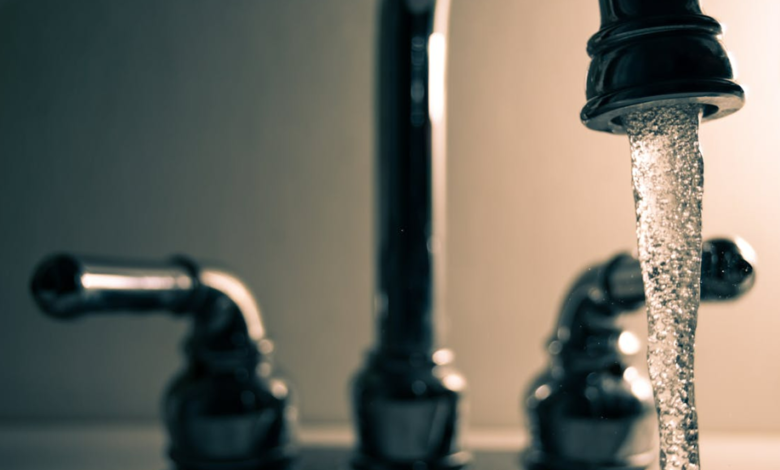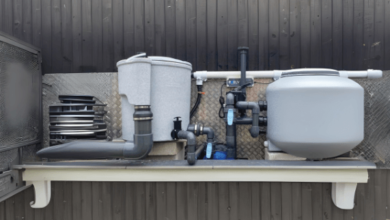What is Residential Water Quality Like in the US? How Does It Compare to Other Nations?

Safe, clean drinking water is what most American homeowners anticipate when they flip on the kitchen faucet. But how does American residential water quality stand compared to other industrialized nations? You might be surprised to know.
Having knowledge of the water quality in your home becomes more critical with rising environmental concerns and aging infrastructure posing new issues. In this article, we will address where America stands globally when it comes to water quality and how it impacts your home.
Current Status of US Water Quality Standards
The United States possesses some of the globe’s most comprehensive water quality laws in the form of the Environmental Protection Agency (EPA). The Safe Drinking Water Act provides federal regulations regarding over 90 contaminants, including bacteria, viruses, chemicals, and heavy metals.
Most Americans are served water that meets these federal requirements. Water systems that supply over 25 people are required to test their water and inform state authorities about any infringement. These systems supply water to nearly 300 million Americans across the nation.
But minimum standards are only half the picture. Aging water systems, industrial wastewaters, and natural sources of pollution all can taint the water even if the utilities are meeting the regulations.
How America Stands Internationally
Compared to other industrialized nations, US water quality is a mixed bag. Switzerland, Norway, and Denmark consistently have high rankings on international water quality surveys because they have newer systems and more stringent controls on pollution.
The United States would generally place in the world’s top 20 for water quality, in front of most of the developing world but behind several of the Western European nations. The middle-of-the-pack placement is due to both America’s vast geographic size and the challenge of providing consistent quality within so large and geographically heterogeneous an area.
The European nations also benefit from more contemporary investment in infrastructure and smaller, specialized distribution networks. EU nations also enforce stricter limitations on certain impurities than currently required by US norms.
Regional Differences Throughout America
Water quality varies significantly by region in the US. Mountain states like Colorado and Montana will have naturally cleaner sources of water, and the Northeastern and Midwestern industrial regions will be more likely to face contamination issues.
The country can experience occasional well water pollution by farm runoff, and urban areas have to deal with old distribution pipes that can emit lead or other contaminants. All these geographic variations contribute to making your zip code an important variable in the water quality equation of yours.
The coastal areas may also have a special set of problems unlike the inland areas, e.g., saltwater intrusion and industrial contaminants of a specific type. Knowing your own local water supply is the reason why national averages do not necessarily equate to individual experience.
Homeowner Water Treatment Solutions
Some homeowners install additional water treatment systems, regardless of the quality of their city water, such as Kinetico water treatment solutions. They can install carbon filters for improving the taste and odor, reverse osmosis to remove virtually all contaminants, and water softeners for treating hard water.
Have your water tested professionally before you invest in any treatment devices. Home test kits will identify some issues, but lab test results are more informative. The annual water quality report of your local water utility company is another good source of background information on your local supply.
Moving Forward with Confidence
American water quality isn’t the best in the world, but it’s safe for most families. What’s important is to remain vigilant about the water in your community, and act when you need to.
Regular testing, reading your local utility’s reports, and researching targeted treatment programs are some of the measures that can make your family drink the cleanest water available. Remember, water quality is a long-term problem to solve, not a one-time test.




